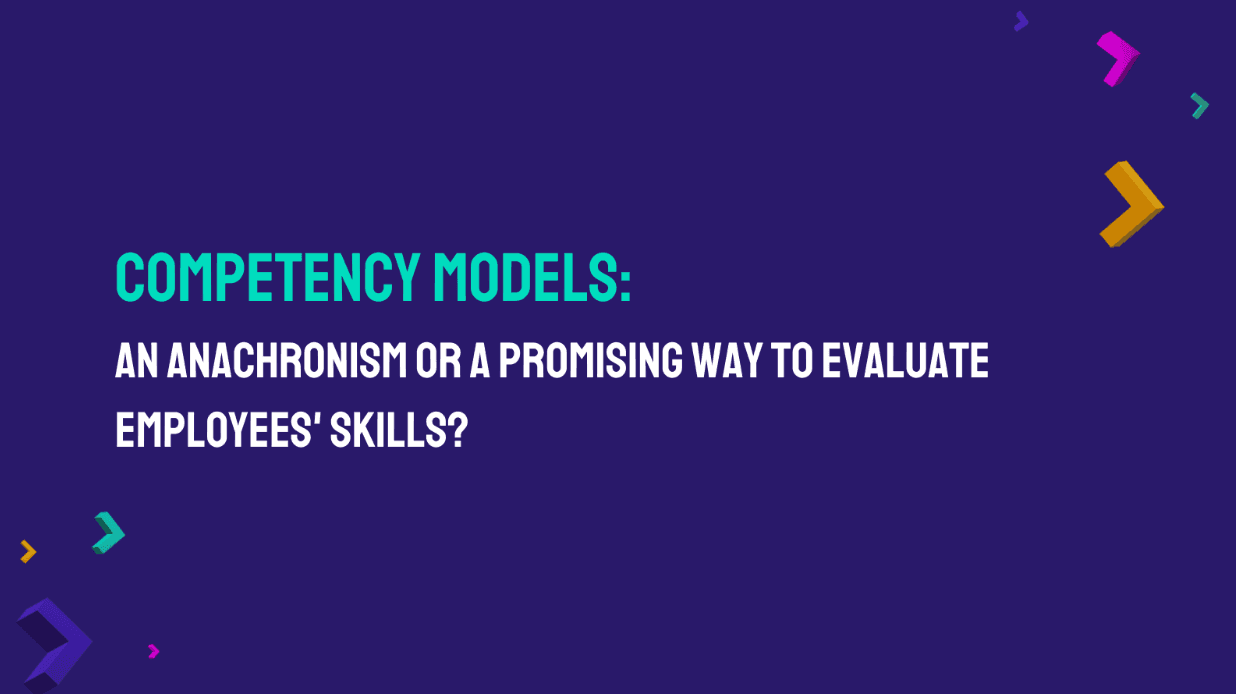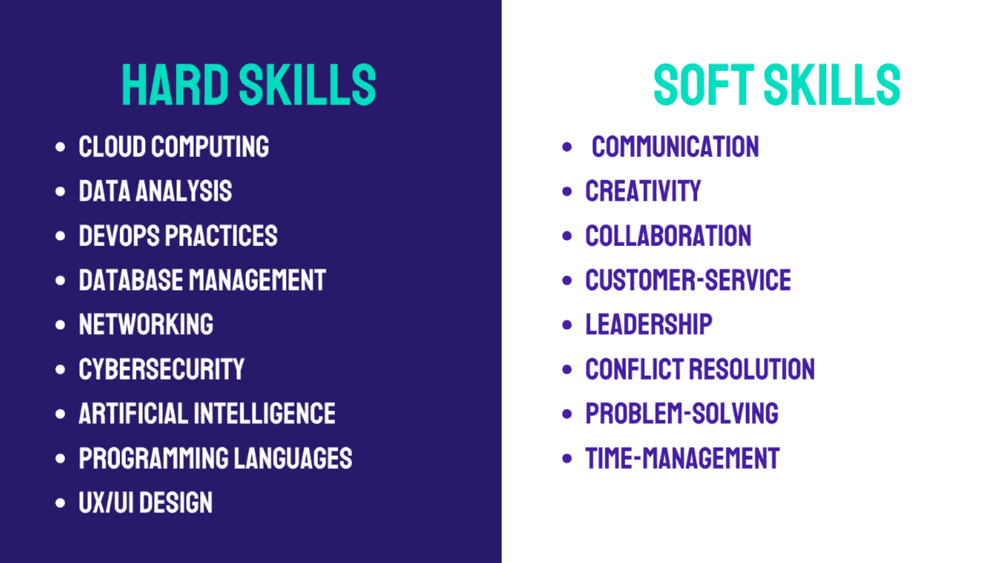Competency models: An anachronism or a promising way to evaluate employee skills?
April 1, 2024
What are competency models?
As a basic definition, competency models are collections of methodologies that permit multi-level and role-specific evaluations of employees. It is clear from the definition of "competences" that the model is structured according to the various skills and levels of each. It is a usual practice to categorize talents into the following four levels: trainee, junior, medior, and senior.
Using these tiers, you can more accurately categorize workers' abilities and establish clear goals for their professional development. Competency models allow you to quantify employee growth and performance in a fair and efficient manner for the entire organization.
How can competency models be utilized properly?
First and foremost, you need to answer a few questions to help you effectively build a functional competency model:
- Is the competency model suitable for us at all?
This question is crucial. Some businesses may benefit more from competency models than others in certain situations. When working in the digital world, it is wise to gauge interest in the topic and weigh the pros and cons of establishing such terms before making them.
- Who will create our model?
What appears to be a straightforward question is actually quite complex. The people you choose for your team should have extensive knowledge of the industry, while being able to assess the position's demands and asses competing companies with an impartial eye. This can serve as a solid indicator of how well the models are performing.
- How will we evaluate the employees?
Just as crucial as the model is, so is its evaluation. Employees need an objective third party to assess their progress in the model if they believe they can move up the ranks. As a precaution against prejudice, we advise forming a team of three people at least.
- How will we reward employees when they level up?
On top of everything else, you need to consider how you will be compensated as your employees progress through the model. Improved salary and benefit compensation, within reasonable limits, is the best approach to encouraging the organic growth of knowledge.
